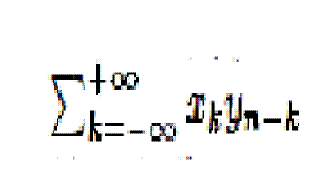Ana-Maria
Member level 1
mathematica convolution
Hi all,
Does anyone know how to calculate the linear convolution in Mathematica (Wolfram)?This is the formulla for linear convolution:

Thank in advance!
Hi all,
Does anyone know how to calculate the linear convolution in Mathematica (Wolfram)?This is the formulla for linear convolution:

Thank in advance!